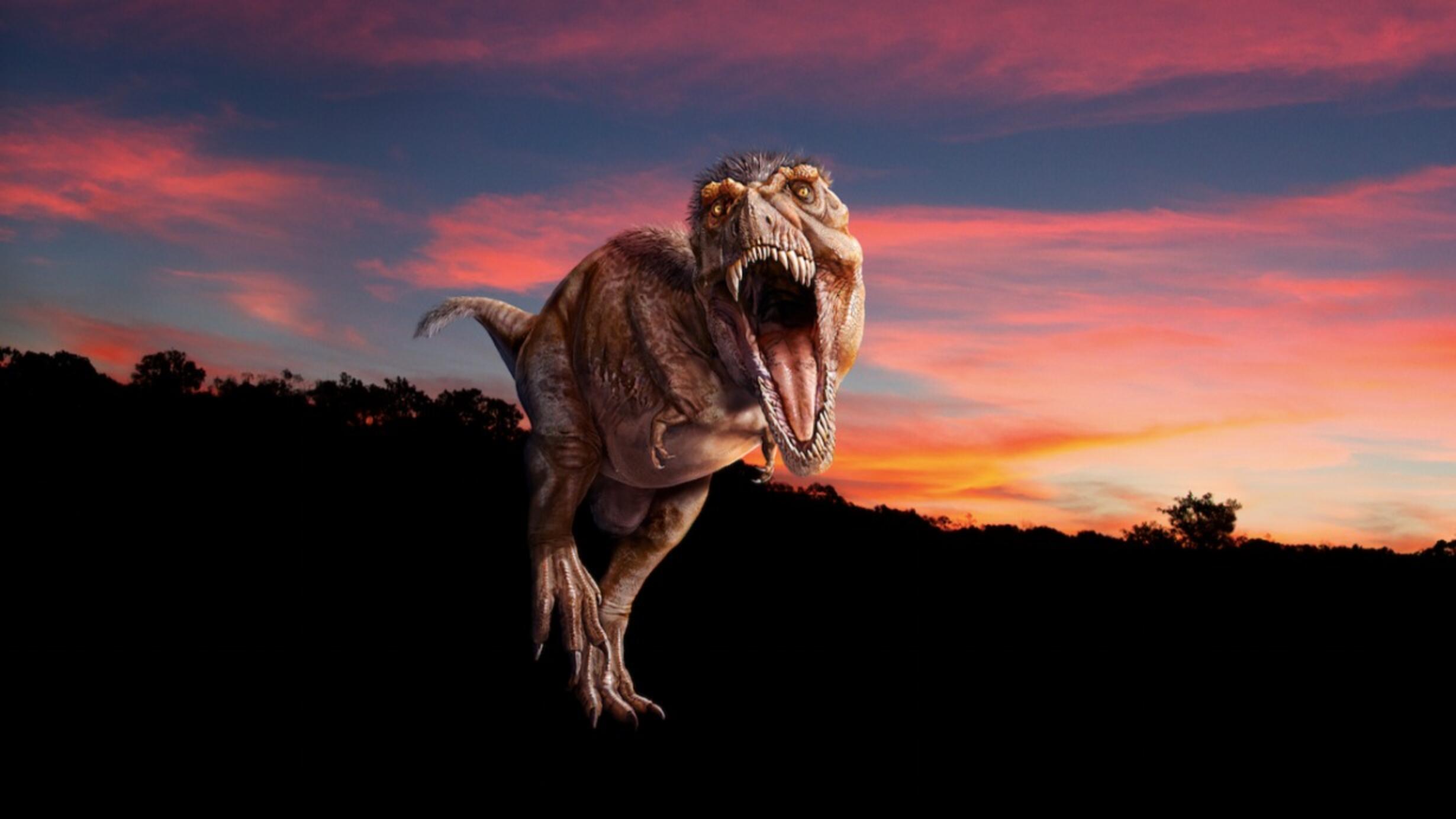The American Museum of Natural History Announces T. rex: The Ultimate Predator
 Illustration by Zhao Chuang; Courtesy of PNSO
Illustration by Zhao Chuang; Courtesy of PNSO Opens for Member Preview Days on March 8, 2019, and to the public on March 11, 2019
It’s the star of blockbuster movies and children’s imaginations, the inspiration for viral memes and inflatable Halloween costumes. Yet despite its high profile in the public consciousness, our perception of Tyrannosaurus rex and its relatives is often much different than the reality. T. rex: The Ultimate Predator, a new exhibition opening at the American Museum of Natural History this spring, will explore the latest research and discoveries about the genus of dinosaurs known as tyrannosaurs, with an emphasis on the most famous and impressive member of the family—T. rex.
The full tyrannosaur story includes dozens of different species and spans over 100 million years of evolution, with T. rex appearing only at the very end of that period. Most tyrannosaurs were not giants like T. rex, which, fully grown, weighed between 6 and 9 tons. Early species were small and fast, likely avoiding confrontations with larger dinosaurs. So how did mega-predators like T. rex evolve from such humble origins? How did T. rex grow so quickly in adolescence, ballooning from the size of a chicken to the size of a truck in just 21 years, gaining up to 4.6 pounds per day? And what kind of super sensory skills and traits did it use to become such an efficient killer? T. rex: The Ultimate Predator addresses these questions and more with life-sized reconstructions of tyrannosaurs at various life stages, real fossils and casts, large-scale video projections, hands-on interactives, and an exhilarating virtual reality experience that lets visitors work in a group to assemble a T. rex skeleton.
Visitors will encounter a massive life-sized model of a T. rex with patches of feathers—which, as scientists now know, were likely present on nearly all non-avian dinosaurs (all dinosaurs other than birds)—as well as reconstructions of a fluffy, helpless T. rex hatchling and a four-year-old juvenile T. rex; a “roar mixer” where visitors can imagine what T. rex might have sounded like by blending sounds from other animals; a shadow theater where a floor projection of an adult T. rex skeleton will come to life; and a magnetic wall where visitors will be tasked with placing various tyrannosaur family members in the correct time period. They will also encounter a life-sized animation of T.rex in the Cretaceous and explore real data from fossil specimens, CT scans, and microscope images at a tabletop Investigation Station.
In collaboration with HTC VIVE, the Museum will present V. rex (working title) as its first interactive, multi-player virtual reality experience. Visitors will team up to build a T. rex skeleton bone by bone and then watch as it comes to life in what is now Montana, as it was 66 million years ago.
T. rex and its relatives have a long history at the Museum. The first T. rex skeleton was discovered in 1902 by the Museum’s legendary fossil hunter, Barnum Brown, and the Museum boasts one of the few original specimens of T. rex on public display, in the Hall of Saurischian Dinosaurs. Mark Norell, who is curator of T. rex: The Ultimate Predator, joined the Museum in 1989 and has led and participated in a number of scientific investigations into the biology and evolutionary history of tyrannosaurs and other theropods—the group of dinosaurs most closely related to modern birds—including the first discovery of a feathered tyrannosaur, Dilong paradoxus, in 2004. Many of the studies led by Norell, who is chair and Macaulay Curator in the Museum’s Division of Paleontology, and his colleagues and former students are reflected in the new exhibition. Gregory Erickson, professor of anatomy and vertebrate paleontology at Florida State University, is a consultant for the exhibition.
T. rex: The Ultimate Predator will be open to the public starting Monday, March 11, 2019. Members will be able to preview the exhibition starting on Friday, March 8, through Sunday, March 10.
Major funding for T. rex: The Ultimate Predator provided by the Lila Wallace-Reader’s Digest Endowment Fund.
Generous support also provided by:
Dana and Virginia Randt
Chase Private Client
Virtual reality experience created in collaboration with HTC VIVE.